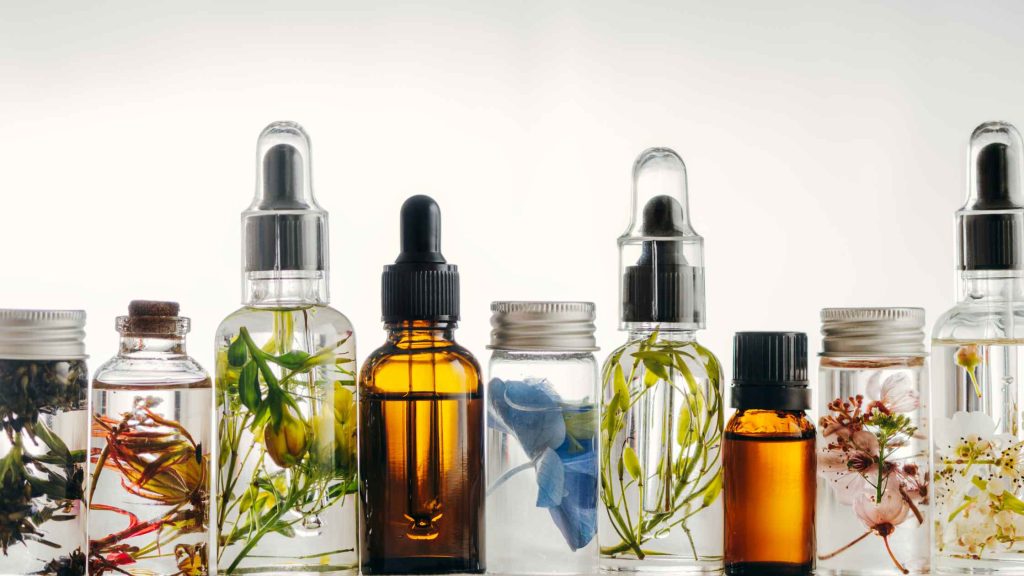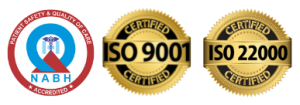Not all healing begins with medicine. Some begin with presence, with touch, with an understanding so refined that it reads the body like a sacred map. Marma therapy, one of Ayurveda’s most profound and lesser-known practices, is one such method—working at the very interface of the physical and the subtle. Long before the rise of modern anatomy or energy medicine, Ayurvedic sages had identified 107 vital junctions in the body where prana (life force) concentrates, converges, and can be accessed for healing. These are the Marma points
In a world chasing surface-level wellness trends, Marma therapy offers something rare: depth, silence, and precision. But what exactly are these points? Why does their stimulation affect not just pain or stiffness but clarity of mind and emotional release? And how can a 5000-year-old science remain so relevant today?
Let’s explore the true roots and benefits of Marma therapy—far beyond the spa version.
Ayurvedic Framework: What Are Marma Points?
The Sanskrit word Marma is derived from the root “mri,” meaning to kill—a reminder that these points, if injured, can be life-threatening. But in healing, they become gateways. Marma points are junctions of muscles (mamsa), veins (sira), ligaments (snayu), bones (asthi), and joints (sandhi). These aren’t just anatomical structures. In Ayurvedic thought, they are energetic portals—points where consciousness and biology intersect.
They cannot be seen on an X-ray or ultrasound. But their influence is undeniable when skillfully activated.
Pranic Flow and the Importance of These Anatomical-Energy Junctions
Prana is not just breath. It’s the intelligent force that organizes, moves, and transforms all physiological functions. Marma points are stations along this energetic highway. Just as a blocked junction causes traffic, a blocked Marma affects physical or psychological health.
Stimulating these points (gently, with fingers or medicated oils) helps unblock stuck prana, guiding the body back to balance without forcing it.
Detailed Types of Marma
By Location
Grouped across head, neck, chest, abdomen, back, arms, and legs, these points are always in key anatomical-energetic zones. For example:
- Shankha Marma (temple region) relates to vision and emotional stress.
- Talahridaya Marma (center of palms and soles) relates to cardiac and circulatory health.
By Effect
As noted, Marma points vary in their physiological impact. This classification also guides the intensity and method of stimulation during therapy.
Major vs. Minor Marma Points
While all 107 points are significant, 37 are often used therapeutically. These “major” points can dramatically influence bodily systems and doshic balance when activated properly.
Mechanism of Action
How Stimulation Affects Doshas, Nadis, and Organ Systems
Each Marma is linked to a specific dosha, organ system, and subtle channel (nadi). Stimulation leads to:
- Vata regulation: Especially in pain, dryness, or anxiety
- Pitta balance: Useful for inflammation, anger, or burnout
- Kapha modulation: Clearing congestion and lethargy
The beauty lies in its non-invasive precision—Marma therapy doesn’t force change. It invites it.
Therapeutic Benefits of Marma Therapy
This is where most commonly searched questions like benefits of Marma therapy become deeply relevant—yet often misunderstood.
1. Physical Benefits
- Pain relief (especially joint, neck, and back)
- Improved circulation and detoxification
- Faster injury recovery and nerve rejuvenation
2. Mental and Emotional Benefits
- Anxiety and insomnia relief (via Marma points like Adhipati and Sthapani)
- Mental clarity and decision-making
- Trauma release, particularly in long-held grief or fear
3. Energetic & Hormonal Balance
- Lymphatic cleansing
- Hormonal regulation (especially with endocrine-linked points)
- Restoration of ojas, the core vitality in Ayurveda
These benefits of Marma therapy are not just anecdotal—they are rooted in thousands of years of clinical observation.
Application in Panchakarma and Rejuvenation
Marma therapy is often integrated into Panchakarma for:
- Opening energetic blocks before Snehana or Basti
- Deepening the effects of Abhyanga (oil massage)
- Balancing prana post-detox for sustainable healing
Best Oils for Marma

- Ksheerabala Taila: For nervous system, insomnia
- Bala Ashwagandha Taila: For muscular and adrenal support
- Dhanwantharam Taila: For postnatal and rejuvenation care.
Marma therapy is not just a “body treatment.” It is a sacred science that requires training, awareness, and subtlety. Its benefits are real—but they unfold only when practiced with reverence and precision. In a world that looks outward for solutions, Marma points us inward—to the intelligence that’s always been within. If you’re looking for more than relaxation—if you’re seeking real, rooted healing—the benefits of Marma therapy may be the doorway you’ve been missing.
Holistic Healing Stories at Sri Sri Ayurveda Hospital
At Sri Sri Ayurveda Hospital, we also offer online consultation support with our Ayurveda specialists to get the right guidance from the comfort of your home. Connect to our specialists and plan an individual path back to health.


